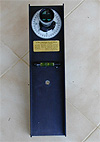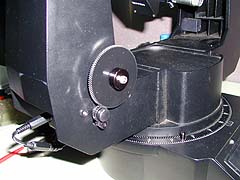Tuthill Polar Alignment Calculator by Ray Porter
If you own a Tuthill Polar Alignment finder scope then this free little utility written by Ray Porter is something you need. Thanks to this handy utility I have never even had to look at the Tuthill Polar Alignment scope’s rather complicated instructions.
This is a more modern version of an old QuickBasic program also available as freeware on the internet.
Some important modifications have been made such as adjustment for longitude, daylight savings time, and time zone, but is still fast, light weight and very easy to use.





